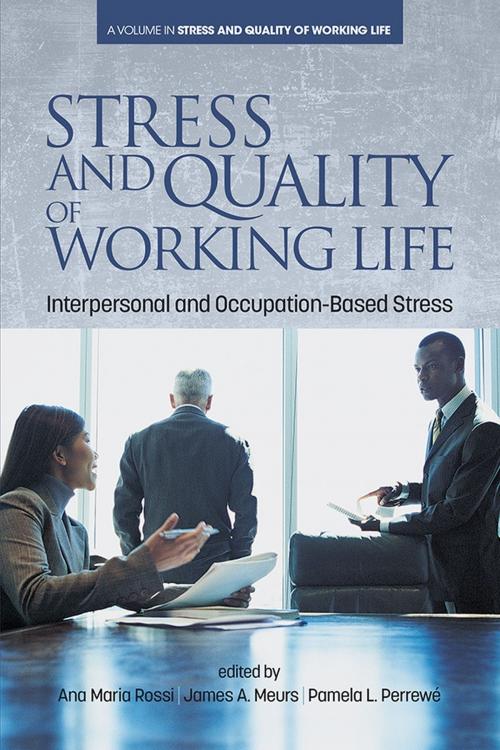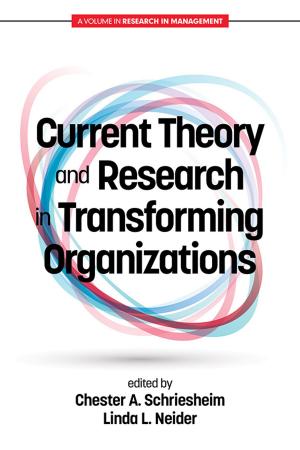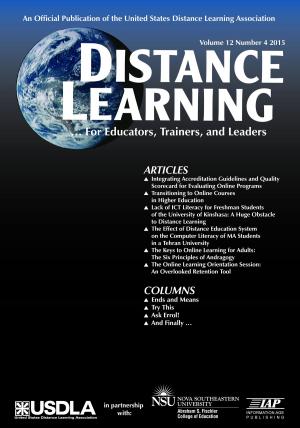Stress and Quality of Working Life
Interpersonal and Occupation?Based Stress
Nonfiction, Health & Well Being, Health, Work Related Health, Self Help, Self Improvement, Stress Management, Psychology, Mental Health| Author: | ISBN: | 9781681233413 | |
| Publisher: | Information Age Publishing | Publication: | October 1, 2015 |
| Imprint: | Information Age Publishing | Language: | English |
| Author: | |
| ISBN: | 9781681233413 |
| Publisher: | Information Age Publishing |
| Publication: | October 1, 2015 |
| Imprint: | Information Age Publishing |
| Language: | English |
It is an unfortunate reality that many employees experience elevated levels of stress at work. Feeling stressed has impacts beyond mere emotions. For example, a survey of European Union member states found that 28% of employees reported stress?related illness or health issues, and studies in the USA have found that over 25% of employees reported that they are often or very often burned out by their work. Also, not all stress should be or can be eliminated, as many industries and jobs are highly demanding in their nature. Therefore, it is important that employees, employers, clinicians, and researchers endeavor to develop a better understanding of workplace stressors and how employee health and well?being can be improved. This book can help individuals and organizations better appreciate stressors faced by employees. It showcases research by over two dozen authors in twelve chapters, focusing on the interpersonal and occupation?based sources of workplace stress, as well as how to alleviate work stress. Coworkers, supervisors, and others with whom a person works can have a dramatic influence on the degree of stress a worker experiences, and it is often the interpersonal conflict that is unrelated to one’s job that is the most difficult to manage. In addition, the context of a person’s work also influences the degree and type of stressors they encounter at work, and this book examines several occupations and their associated stress. We hope that these findings provide ways for individuals and organizations to enhance the well?being of employees.
It is an unfortunate reality that many employees experience elevated levels of stress at work. Feeling stressed has impacts beyond mere emotions. For example, a survey of European Union member states found that 28% of employees reported stress?related illness or health issues, and studies in the USA have found that over 25% of employees reported that they are often or very often burned out by their work. Also, not all stress should be or can be eliminated, as many industries and jobs are highly demanding in their nature. Therefore, it is important that employees, employers, clinicians, and researchers endeavor to develop a better understanding of workplace stressors and how employee health and well?being can be improved. This book can help individuals and organizations better appreciate stressors faced by employees. It showcases research by over two dozen authors in twelve chapters, focusing on the interpersonal and occupation?based sources of workplace stress, as well as how to alleviate work stress. Coworkers, supervisors, and others with whom a person works can have a dramatic influence on the degree of stress a worker experiences, and it is often the interpersonal conflict that is unrelated to one’s job that is the most difficult to manage. In addition, the context of a person’s work also influences the degree and type of stressors they encounter at work, and this book examines several occupations and their associated stress. We hope that these findings provide ways for individuals and organizations to enhance the well?being of employees.















